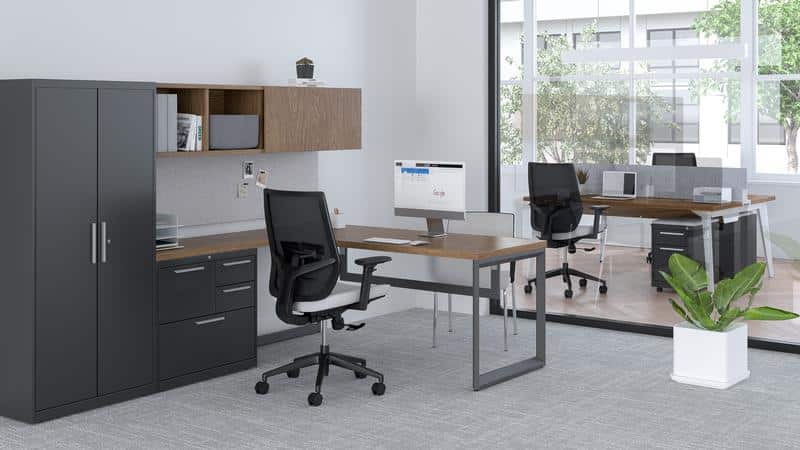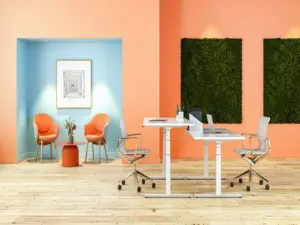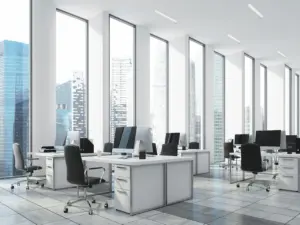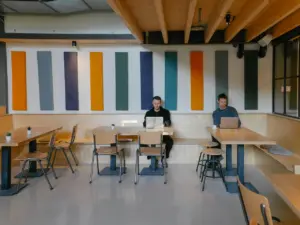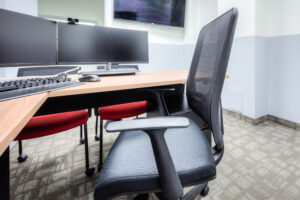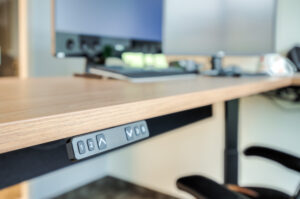Imagine walking into an office where the space itself seems to anticipate your needs, where every desk, chair, and meeting nook flexes and adapts to support your best work, no matter your age or how you like to get things done. Picture an office interior design that isn’t just a static backdrop, but a living, breathing environment. That’s the magic of modular furniture in office interior design. It’s not just about filling a room with desks and chairs, it’s about designing a dynamic ecosystem where every employee, from the most seasoned leader to the newest recruit, feels empowered and at home.
Welcome to the future of workspaces, where modular furniture transforms the ordinary office into a flexible, inclusive, and inspiring hub. In this article, we’ll explore how specific modular solutions, like height adjustable desks, collaborative benches, and mobile workstations. How these can help your business create an office interior design that truly adapts to every employee demographic. Get ready to rethink what’s possible in your workplace.
Benefits of Modular Furniture in Office Interior Design
Modular furniture is the backbone of adaptive office interior design. Unlike traditional fixed furniture, modular systems are made up of interchangeable components that can be easily assembled, reconfigured, or expanded to fit the changing requirements of a modern office. This flexibility is essential in corporate interior design, where businesses must accommodate everything from hybrid work models to cross-generational teams.
In office interior design, modular furniture allows companies to create a variety of work settings—quiet zones for focused work, open areas for collaboration, and multipurpose spaces for meetings or socializing—all within the same footprint. As teams grow, shrink, or shift priorities, modular furniture can be rearranged without costly renovations or downtime, making it a smart investment for any organization.
Height Adjustable Desks: Supporting Health and Productivity
One of the most impactful examples of modular furniture in office interior design is the height adjustable desk. These desks allow users to easily switch between sitting and standing positions throughout the day, promoting better posture, reducing fatigue, and boosting productivity. Height adjustable desks, available in both manual and electric versions, are a staple in ergonomic corporate interior design. They support employees of all ages and physical needs, making them ideal for inclusive, health-focused workplaces.
Height adjustable desks can be integrated into modular benching systems or used as standalone workstations. Their adaptability means that every employee can customize their workspace for comfort, which is a key principle in both office interior design and corporate interior design.
Collaborative Desks and Benching Systems: Fostering Teamwork
Collaboration is at the heart of modern office interior design, and modular collaborative desks are designed to bring people together. Bench-based desks provide long, continuous work surfaces that can accommodate multiple employees at once, making them ideal for open-plan offices and team-based projects. These systems often include built-in cable management, shared storage, and integrated power solutions, keeping the workspace organized and efficient.
Cluster or pod desks are another example of modular furniture that supports group work. These configurations allow small teams to work closely together while maintaining enough personal space for individual tasks. In corporate interior design, collaborative desks and benching systems make it easy to reconfigure the office for different team sizes or project needs, ensuring that the space always matches the way people work.
Modular Workstations and Cubicles: Balancing Privacy and Flexibility
Not every task requires collaboration—sometimes, employees need privacy and focus. Modular workstations and cubicles offer a solution that balances openness with individual needs. These systems use panels, screens, and customizable surfaces to create semi-private or fully private work areas that can be rearranged as needed. In office interior design, modular cubicles can be expanded, reduced, or even moved to new locations, making them perfect for growing companies or changing team dynamics.
The beauty of modular workstations in corporate interior design is that they can be tailored to different roles or preferences. For example, a designer might need a larger workspace with extra storage, while a sales representative might prefer a compact, mobile station. Modular furniture ensures that everyone gets what they need to do their best work.
Mobile Desks and Tables: Agility in Action
Mobility is another key advantage of modular furniture in office interior design. Mobile desks and tables, equipped with wheels or foldable components, allow employees to move their workspace as needed. This is especially useful in activity-based offices, where people might switch between solo work, meetings, and collaborative sessions throughout the day.
Mobile modular tables can be used for impromptu meetings, training sessions, or even as temporary workstations for visiting employees. Their versatility makes them a must-have in any adaptive corporate interior design strategy.
Modular Seating: Comfort for Every Occasion
Seating is a critical part of office interior design, and modular seating systems offer unmatched flexibility. Sectional sofas, movable lounge chairs, and seating cubes can be arranged in countless ways to create breakout areas, informal meeting spots, or relaxation zones. In corporate interior design, modular seating encourages spontaneous collaboration and gives employees a choice of where and how they work.
For example, a cluster of soft seating can become a brainstorming hub, while individual lounge chairs provide quiet corners for reading or reflection. Modular seating adapts to the needs of the moment, supporting comfort and creativity for every employee demographic.
Modular Storage and Partition Walls: Organizing and Defining Space
Storage and space division are often overlooked in office interior design, but modular storage units and partition walls are essential for keeping the office organized and adaptable. Movable shelves, lockers, and cabinets can be repositioned to create flexible partitions or support changing storage needs. Partition walls, available in various heights and finishes, help define zones for different activities without the permanence of traditional walls.
In corporate interior design, these modular solutions make it easy to carve out quiet zones, collaborative areas, or private offices as needed. The result is a workspace that feels open yet organized, with every element working together to support productivity and well-being.
Modular Furniture for Meeting and Collaborative Spaces
Modern offices need spaces for group work, presentations, and brainstorming sessions. Modular meeting tables, media carts, and collaborative furniture systems are designed to support these activities. Tables can be reconfigured for large meetings or split into smaller units for breakout sessions. Mobile whiteboard carts and media stations add functionality, allowing teams to share ideas and stay connected.
In office interior design and corporate interior design, these modular solutions ensure that meeting spaces are always ready for action—no matter the size or purpose of the gathering.
Key Takeaways
- Modular furniture is the foundation of adaptive office interior design, supporting diverse employee needs and work styles.
- Height adjustable desks, collaborative benches, modular workstations, and mobile tables are essential examples that bring flexibility and inclusivity to the workplace.
- Modular seating, storage, and partition walls help organize and define space while making it easy to adapt the office layout as needs change.
- Investing in modular furniture ensures your office interior design and corporate interior design strategies are future-proof, efficient, and supportive of every employee demographic.
Final Thoughts
Modular furniture is the cornerstone of truly adaptive corporate interior design and corporate interior design. By integrating height adjustable desks, collaborative benches, modular workstations, and flexible storage solutions, businesses can create environments that empower every employee—regardless of age, background, or work style. As the future of work continues to evolve, modular furniture ensures that office spaces remain agile, efficient, and welcoming for all.
Frequently Asked Questions (FAQ):
How does modular furniture improve office interior design for different employee demographics?
Modular furniture allows for easy reconfiguration of workspaces, supporting collaboration, privacy, and ergonomic needs for employees of all ages and work styles.
What are some specific examples of modular furniture used in corporate interior design?
Examples include height adjustable desks, collaborative benching systems, modular workstations, mobile tables, sectional seating, movable storage units, and partition walls.
Why is modular furniture essential for modern office interior design?
Modular furniture provides the flexibility, adaptability, and inclusivity needed to support a diverse workforce and ever-changing business needs.
